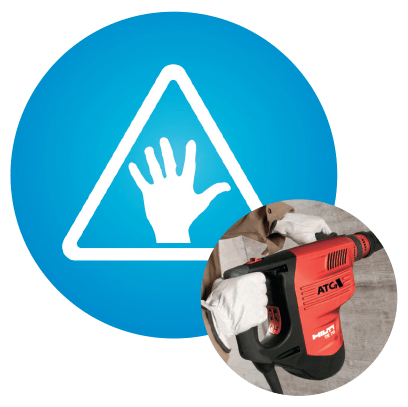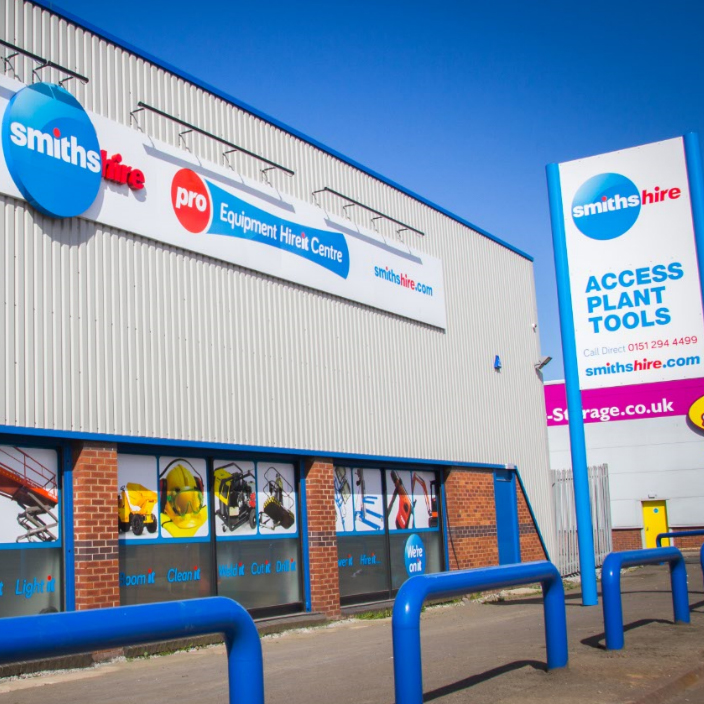As you’d expect, we’re hugely passionate about tool hire here at Smiths Hire – and we’re also passionate about the safety of our staff and customers. That’s why we make a point to mitigate any hazards possible before they become a safety risk. We even have our own dedicated in-house Training department – Smiths Training!
Now, while it’s essential that everyone practices using tools and powered access equipment safely and with caution, it’s also necessary to remain informed of the complications that can come with working with and around power tools and how to prevent them. In this week’s piece, we’re discussing everything you need to know about hand-arm vibration syndrome, or as it’s more commonly known, HAVS.
What is HAVS and what causes it?
Hand-arm Vibration Syndrome (HAVS) is a health condition that causes pain and health issues, mainly concentrated in the fingers, hands, and arms, due to using vibrating tools. The condition was once named ‘vibration white finger’ but it’s since been renamed HAVS due to the fact that it can cause other symptoms beyond white fingers.
HAVS can affect the sensations of the fingers, leading to other, more permanent problems such as numbness, muscle weakness, and in some cases, yes, white fingertips. As we touched on, the condition stems from the prolonged use of vibrating power tools like drills and chainsaws. Although it’s not confirmed, it’s thought that it may be caused by trauma to the small nerves and blood vessels in the fingers, which over time, causes the fingers to start displaying symptoms. It doesn’t happen overnight, though – Patient.info suggests that many sufferers have worked with power tools for at least ten years before developing symptoms.
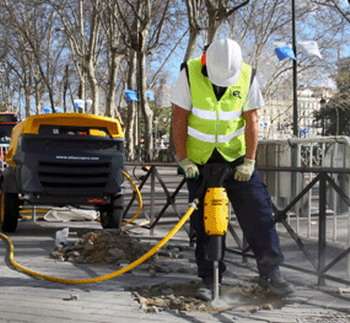
The signs and symptoms of HAVS
The first tell-tale sign of HAVS is usually nerve damage, which causes changes in the sensations of your hand and fingers. It’s sometimes followed by a condition known as Raynaud’s phenomenon (or Raynaud’s syndrome), brought on by changes in the blood vessels of your fingers, turning them white. The cold usually triggers bouts of Raynaud’s. For some, the numbers in the fingertips come and go and typically start with a pins-and-needles-like sensation. Unfortunately, in more severe cases, the numbness sensation can become permanent, making performing finicky tasks rather tricky. So, it’s essential to see a doctor if you’re experiencing any of the most common symptoms laid out by the HSE:
- Tingling and numbness in the fingers
- Loss of sensation or feeling within the fingers
- Loss of strength in your hands
- In the cold and wet, the tips of your fingers go white and then red (Raynaud’s phenomenon)
If you notice any symptoms it’s important to stop working with vibrating tools immediately, especially as it could prevent mild symptoms from becoming worse. However, once the damage is done, the effects are often permanent. This damage to the muscles, nerves and blood vessels can cause aches and pains in the hands and arms and could also affect the strength of your grip. It’s not a life-threatening condition – but it’s certainly one to put every effort into avoiding.
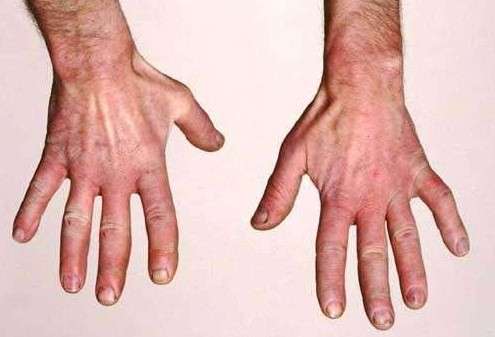
Who is most likely to be affected by HAVS?
According to the HSE, the industries and staff most likely to be affected by HAVS are the jobs that require the regular use of vibrating tools and equipment, especially those wielded by hand. The HSE has listed the following industries/occupations who have a higher chance of developing HAVS:
- Building and maintenance of roads and railways
- Construction
- Estate management (e.g. maintenance of grounds, parks, water courses, road and rail side verges)
- Forestry
- Foundries
- Heavy engineering
- Manufacturing concrete products
- Mines and quarries
- Motor vehicle manufacture and repair
- Public utilities (e.g. water, gas, electricity, telecommunications)
- Shipbuilding and repair
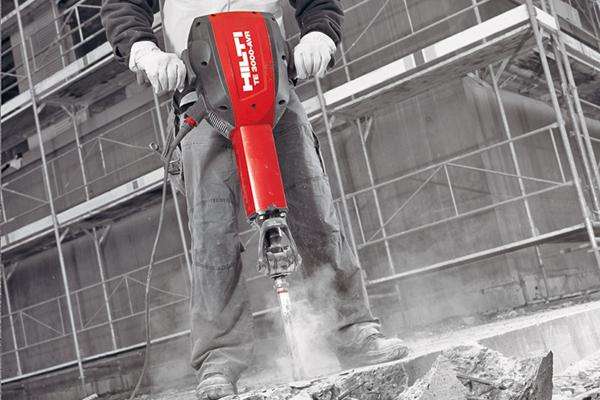
How to prevent HAVS
At work, your employer is the one responsible for protecting you from HAVS. However, if you’re an employee looking to learn what you can do to lessen the likelihood of HAVS (and putting down the power tools is out of the question) here are a few things to consider implementing wherever possible to keep your hands healthy while on the job:
- Opt for low-vibration tools where possible
- Always use the right tool for the job to make sure you’re not exposing your hand/arm to more vibration than necessary
- Make certain cutting tools are kept sharp to maintain their effectiveness and prevent any unnecessary resistance
- Reduce the amount of time you spend a vibrating tool by taking breaks and completing other jobs in-between
- Keep your blood circulation up by staying warm and dry at work where possible
- Avoid smoking (smoking reduces circulation)
- Massage and stretch fingers during work breaks (promotes good circulation)
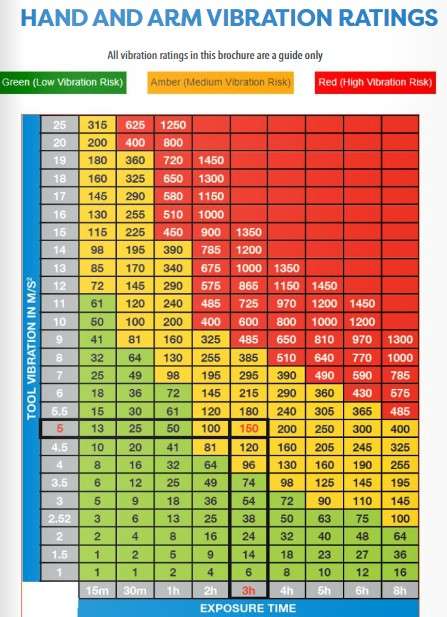
Hand and arm vibration rating guidance
Although it may sound somewhat foreboding, the key to prevention is raising awareness, especially for those who work with tools regularly. If you’d like to learn more about staying safe on the job, check out our Smiths Hire Training! We have several industry-leading courses covering all kinds of health and equipment safety. That way, you can be sure that when you hire your tools with us, you’re doing so in the safest, most knowledgeable way possible! Call our Training Hotline on 0333 323 2022 for course availability, or message us today.
And if it’s tools you’re looking for, visit our website to explore our tool hire and powered access equipment ranges. We’re proud to say we currently have 16 depots across the North West and Yorkshire, including major cities such as Manchester, Liverpool and Leeds. Need some help? Feel free to ring our friendly team at 0333 323 2100, and we’ll be happy to help in any way we can

 0333 323 2100
0333 323 2100

